Echoes of the Indus Valley | Exploring Harappa’s History, Art, Architecture & Archaeological Site
Greetings to All! How are you friends? I hope you are all fine and doing great work on this platform. Meet me first, I'm Abdul Sameer, Today I, am here to participate in The Steemit Challenge Season 24 - Week 01 - History, Art & Architecture that is beautifully organized by @mohammadfaisal, @miftahulrizky, and @willeusz.
I recently had the opportunity to explore one in Harappa, the oldest and mysterious civilization in South Asia. This trip deepened into the heart of the Indus Valley civilization, where I walked along the old streets, and felt the calm power of a forgotten world, which has been tools and art for over 4,000 years.
From museum crafts to huge, still-large hills and ruins, I said I was excited to share it with them
History of Harappa
Harappa city was one of the most important urban area of the Indus Valley Civilization, harapa was established around 2500 BC and flourished between 2600 BC and 1900 BC.
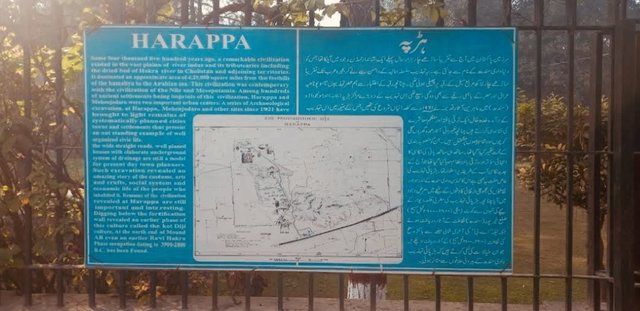 |
|---|
Discovery: Harappa was 1st discovered in the 1920s by an Indian Archaeologist, Daya Ram Sahni.
Location: Today's province of Punjab, Pakistan, near the Ravi River between sahiwal and Chichawatni.
Contemporaries: Other major cities like harappa includes "Mohenjo-daro, Dholavira, and Lothal".
Society: It was a highly urbanized and well-planned society with a complex drainage system, trade networks, and advanced bourgeois amenities.
Arrival at Harappa
Harappa Museum is located on Chichawatni Harapa Road, about 24 KM west of Sahiwal, Punjab. The environment of museum was peaceful and surrounded by lush green lawns. The silence of the place almost whispered the ancient secrets of the land. There are something magical about walking into a place where thousands of years of history are buried under our feet.
The museum also provides detailed information boards in both Urdu and English. One board explained the layout of Mound AB, highlighting the brick architecture, rooms, and multi-level structures. It’s interesting to learn that these layers represent centuries of continuous habitation.
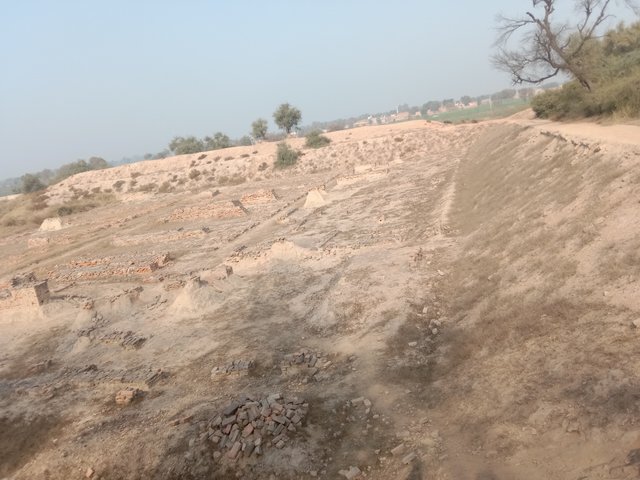 | 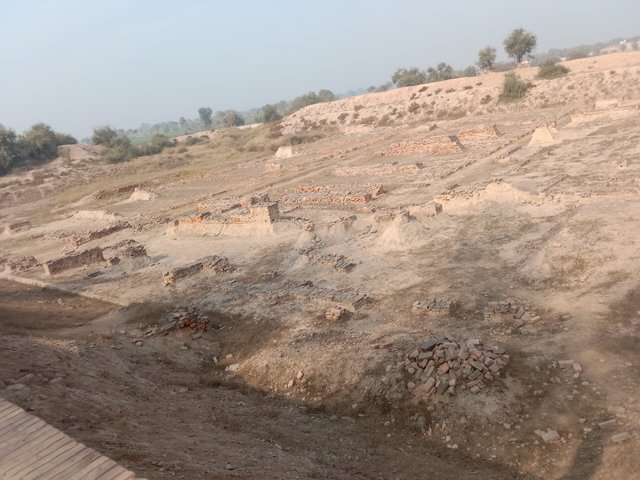 |
|---|
This area is part of the ancient city of Harappa, specifically from Mound AB. The city was surrounded by thick defensive walls made of baked bricks. The city was surrounded by thick walls of defensive protection from burnt bricks. This special area comes from the tire stage of the Harappa civilization (approximately 2600 BC- 1900 BC).
The excavation here shows multi-layered housing. The lower layers contain remains of earlier settlements, while the upper layers belong to later periods. The structures are made from well-fired baked bricks.
The site includes:
Residential buildings arranged in a grid pattern
Streets that intersect at right angles
Rooms constructed on raised platforms
Sophisticated drainage systems and brick-lined wells
The houses are generally 2.7 to 7 meters in width and have small internal courtyards. Brick foundations for walls and walls up to two meters in height still exist. This shows the advanced level of urban planning and civil engineering for thid time.
This area was excavated by renowned archaeologist Madho Sarup Vats.
Harappa Archaeological Site, this site is a major significant part of the ancient Indus Valley Civilization, also from one of the oldest urban cultures in the Pakistan or in world.
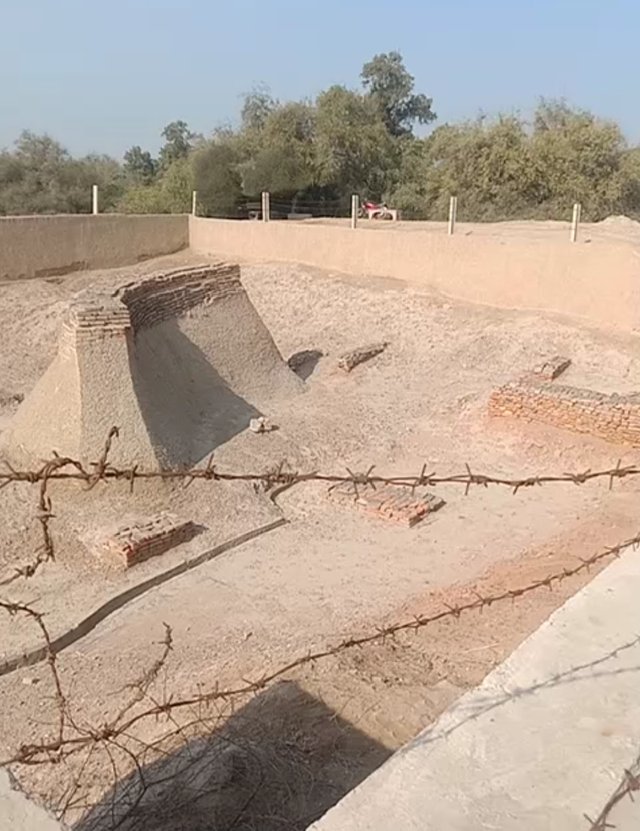 | 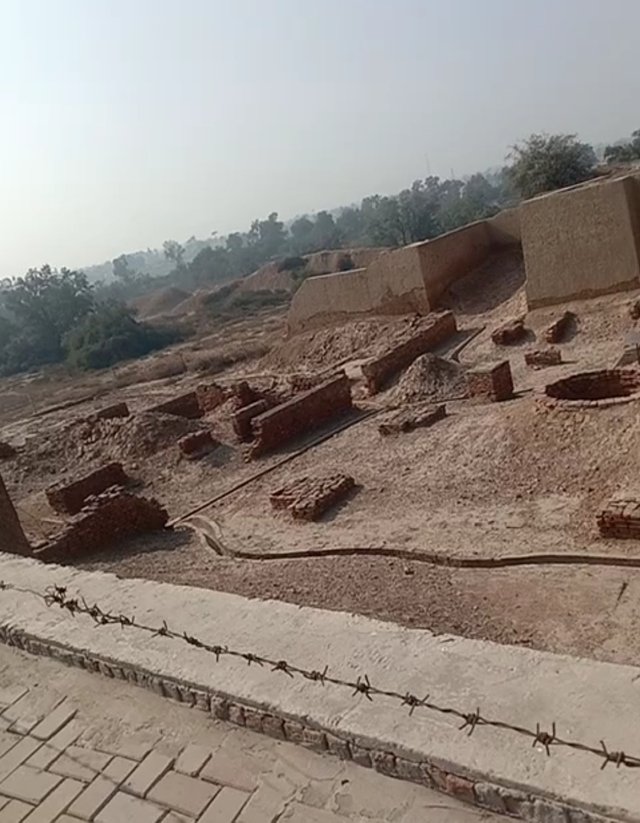 | 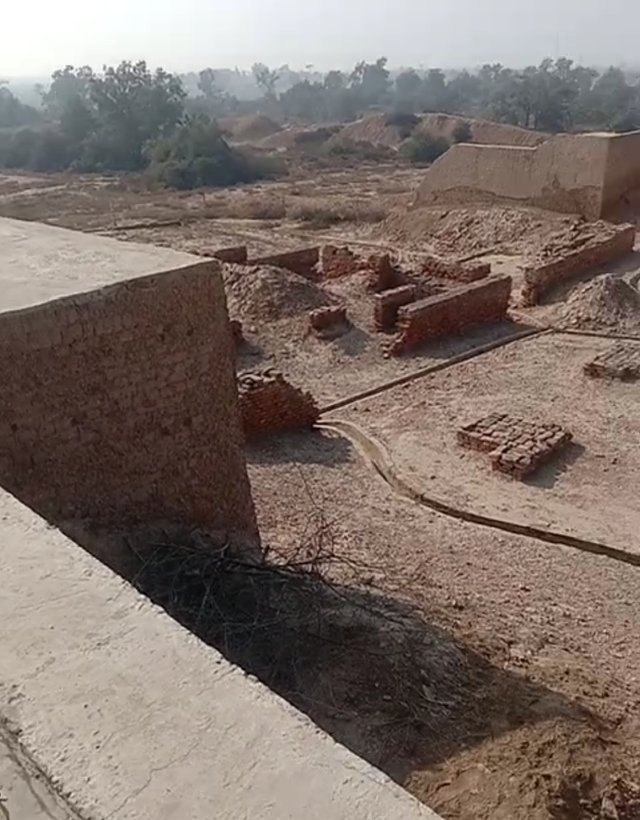 |
|---|
It comes from about. 2600-1900 BC The city of Harappa was discovered in the 1920s and excavated between 1934 and 1940. The site shows advanced urban planning, including well organized roads, highly developed drainage systems and baked brick homes. Harappa was a prosperity center of trade, agriculture and craftsmanship, with evidence of connections with other older civilizations. The website contains important structures such as fortresses, grain values, and cemeteries that reflect the lifestyles of the old residents. The area was preserved to protect its historical and cultural significance.
The Flooded Area of Harappa – A Lost Chapter Beneath Water
One of the most striking parts of the Harappa site is the area that was completely submerged due to seasonal floods over the years. This portion includes parts of the lower residential settlements and drainage systems that are now difficult to access or have been lost beneath layers of mud and water damage.
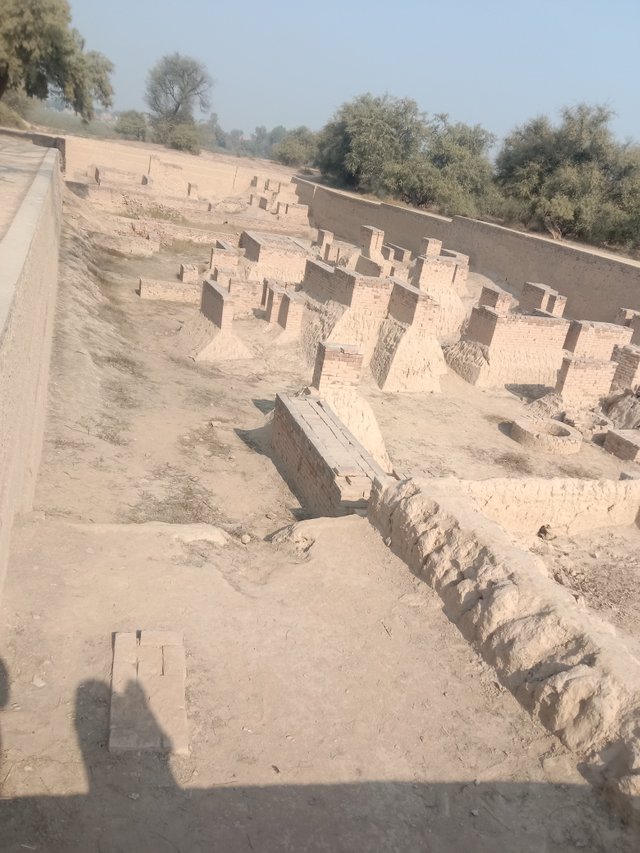 | 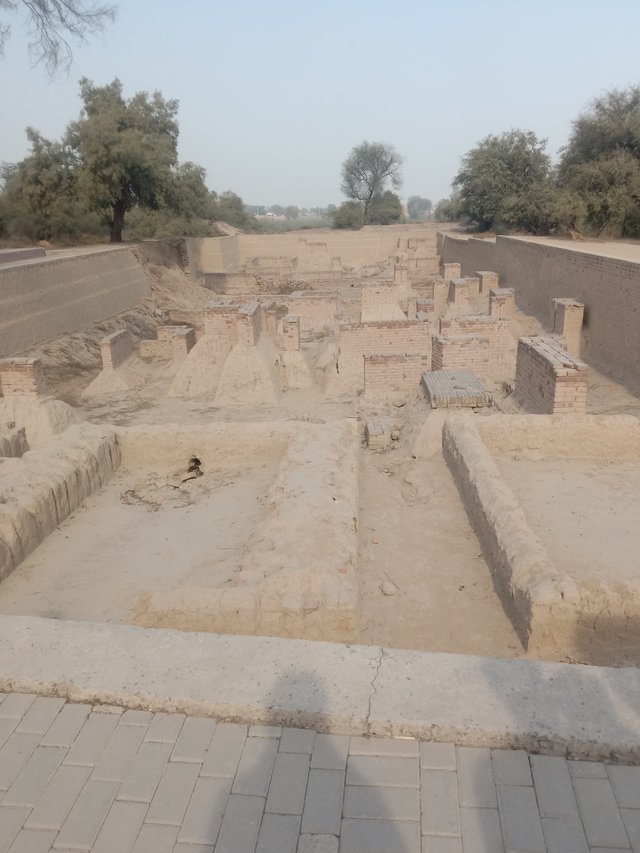 | 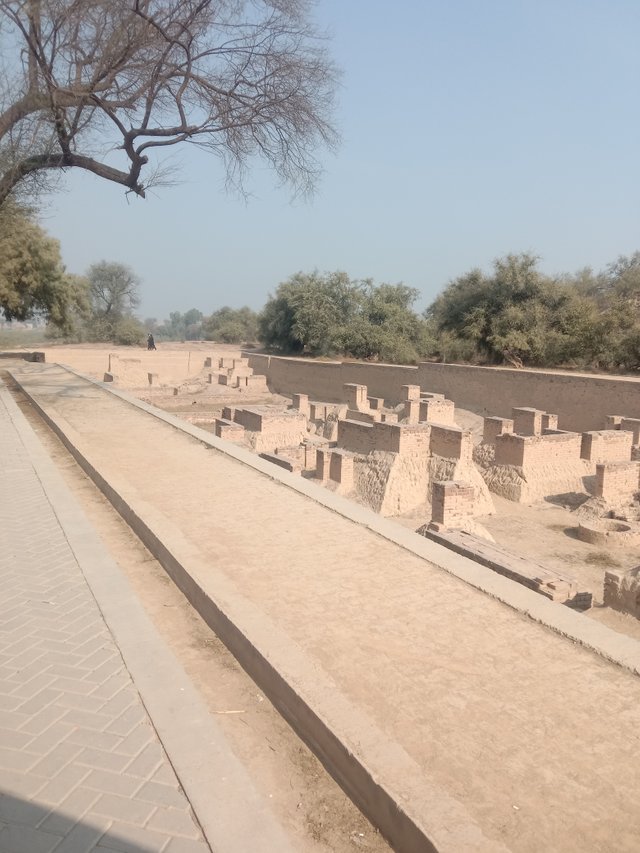 |
|---|
 |  |  |
|---|
Archaeologists say this section contained important signs of daily life, trade and urban expansion, but largely remained buried or worsened due to water erosion and neglect. It is a memory of how great civilization can slowly disappear if nature itself is not properly preserved.
Standing there, I could see where the outlines of structures faded into the earth – a powerful symbol of how time, weather, and history all leave their mark. Efforts are ongoing to preserve what’s left, but the damage already done speaks volumes.
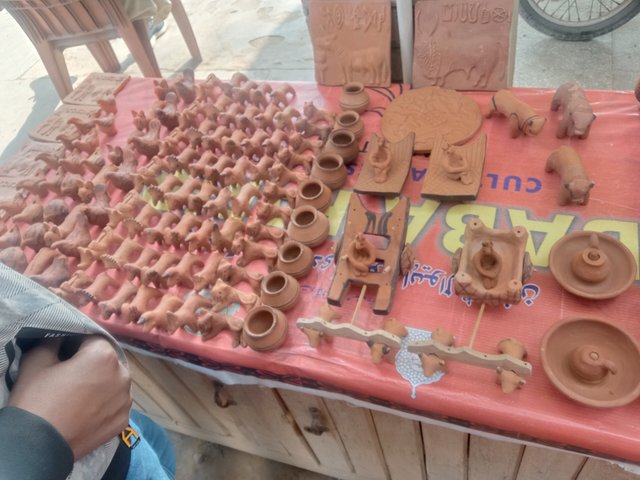 | 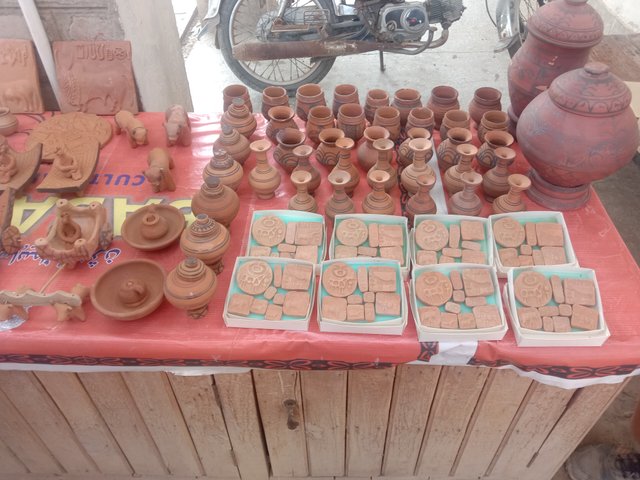 |
|---|
Outside the museum, I found a wonderful stall displaying clay models inspired by original Harappan artifacts. These included:
Terracotta bull figurines
Miniature carts
Traditional clay lamps
Replicas of Harappan seals
Each piece was handcrafted and gave a beautiful visual of what everyday life might have looked like thousands of years ago. The level of detail and connection to history in these replicas is simply amazing.
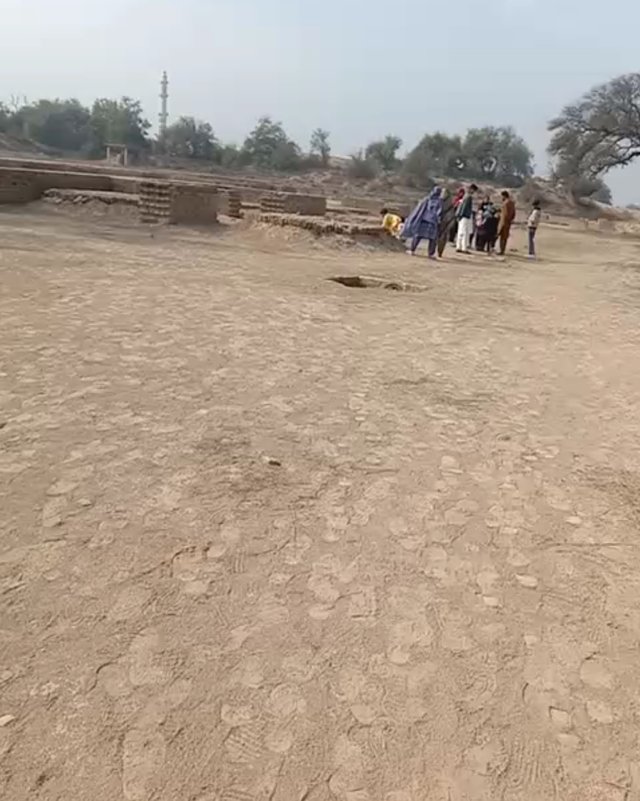 | 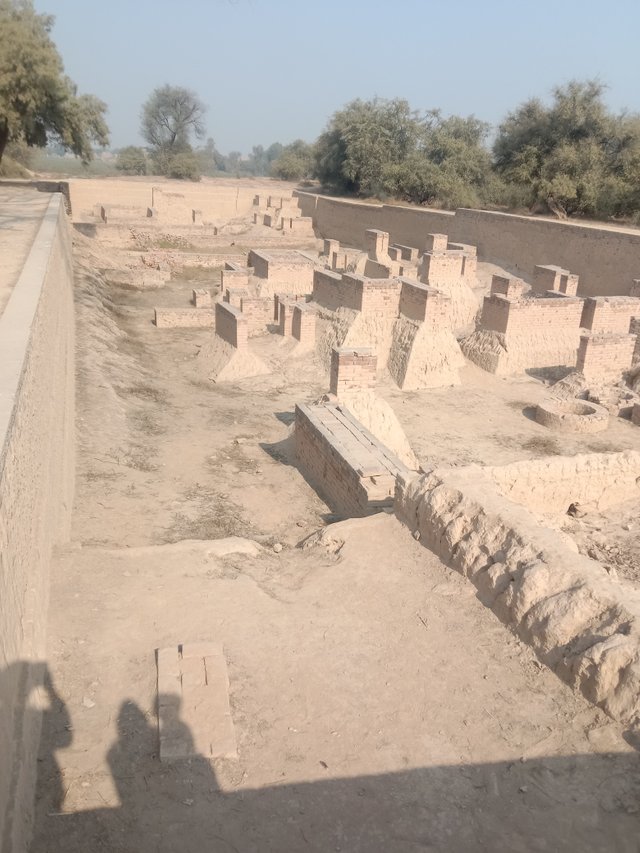 |  |
|---|
Just beside the museum lies the archaeological site of Harappa. Walking through the ancient ruins, I could see:
The remnants of old brick houses
City planning with straight streets and lanes
Evidence of advanced drainage systems
It’s incredible how structured and modern their urban planning was, even 4000 years ago. It felt like walking in a silent city that once bustled with life, trade, and culture.
Harappa Museum
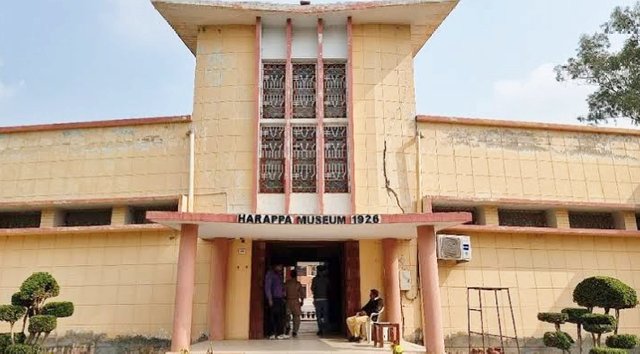 |
|---|
Harappa Museum is located near the archaeological site of Harappa city in Punjab Pakistan.
Established: Harappa city is originally saturated in the 1920s, the current museum was redesigned and opened in 1967.
Collections: Available in terracotta figures, tools, seals, ceramics, pearls, weights, and skeletons.
Inside the Museum:
The Harappa Museum is well organized and shows an impressive collection of artifacts from the old industrial civilization. Here's what I explored:
1. Cooper and Bronze Objects:
The Harappa people were the earliest people to use copper and bronze to create tools, decorations and household items. These metals are melted and are shaped with amazing skills to produce knives, mirrors, needles, bracelets and small figures.
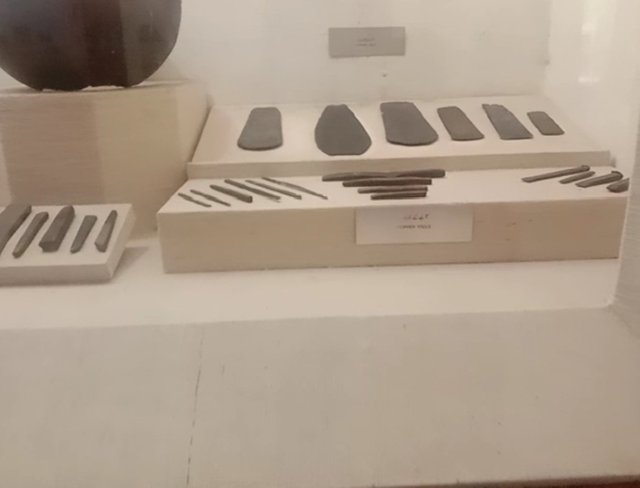 | 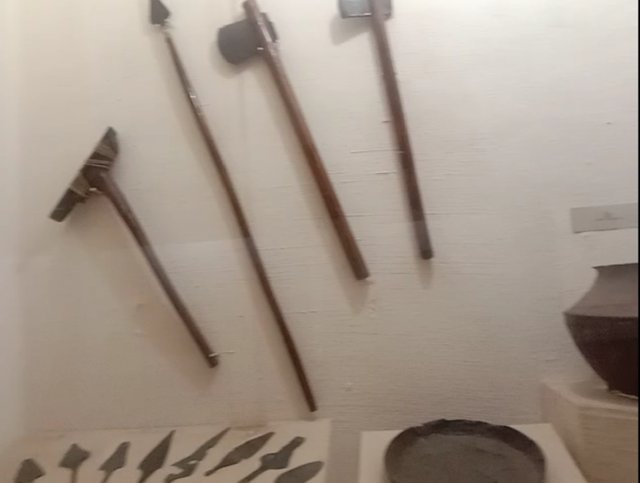 |
|---|
The presence of such objects indicates knowledge of metallurgy and trade, as copper must be imported from far-away regions. These artifacts reflect both daily advantages and artistic expression, highlighting the technological advancements of Indus Valley Civilization.
2. Stone Tools
These stone tools represent the practical and qualified craftsmanship of the Harappa people. They are made of flints, charts and other stones and were used for cutting, grinding, hunting and construction. The accuracy and design of these tools demonstrate the technological advances in time.
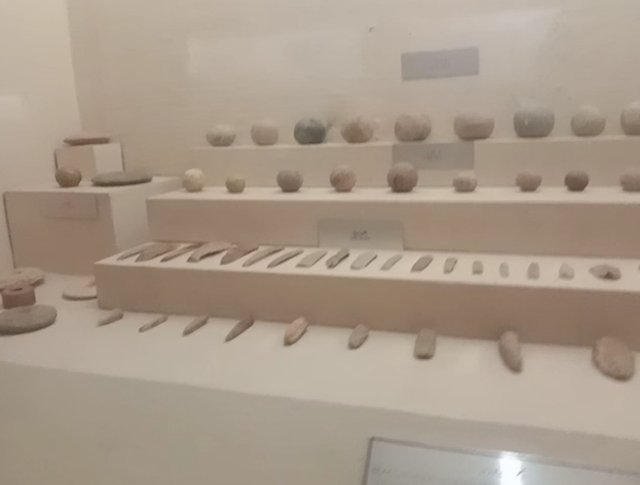 | 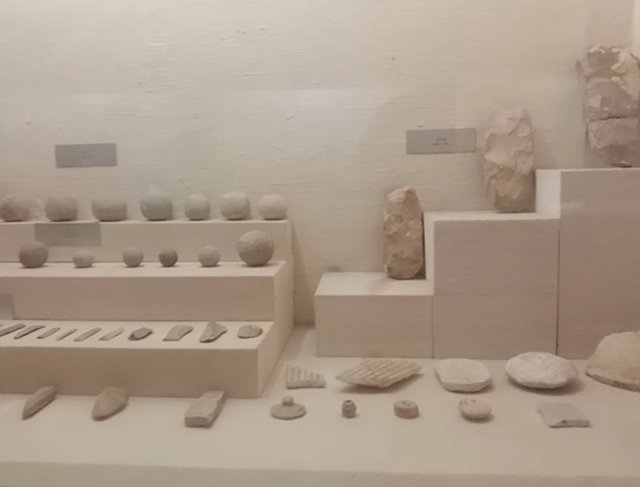 |
|---|
From simple blades to scrapers and grindstones, each tool served a specific purpose in everyday life, proving that it had dominated the art of tools for survival and progress thousands of years ago.
3. Terracotta Figurines:
This collection of terracotta figurines showcases the artistic skills of the Harappan people. Made
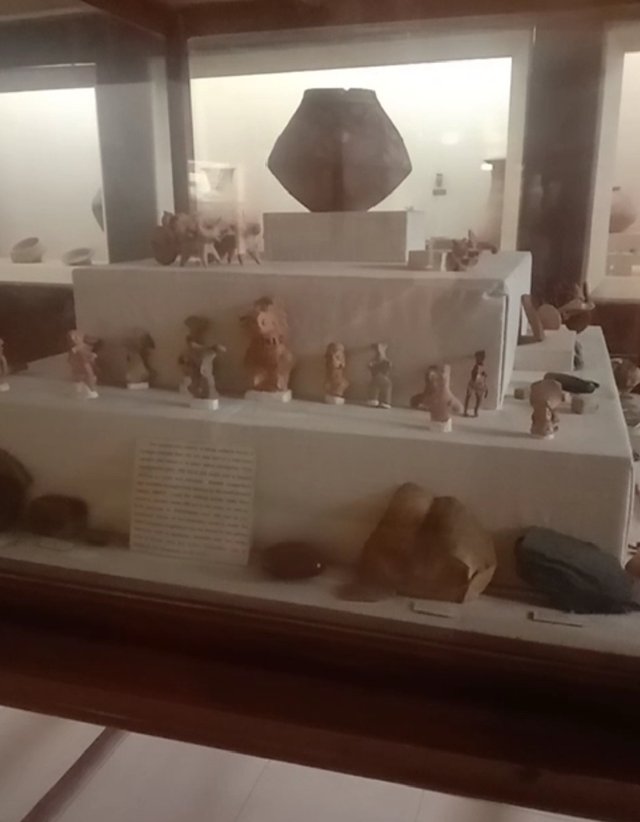 | 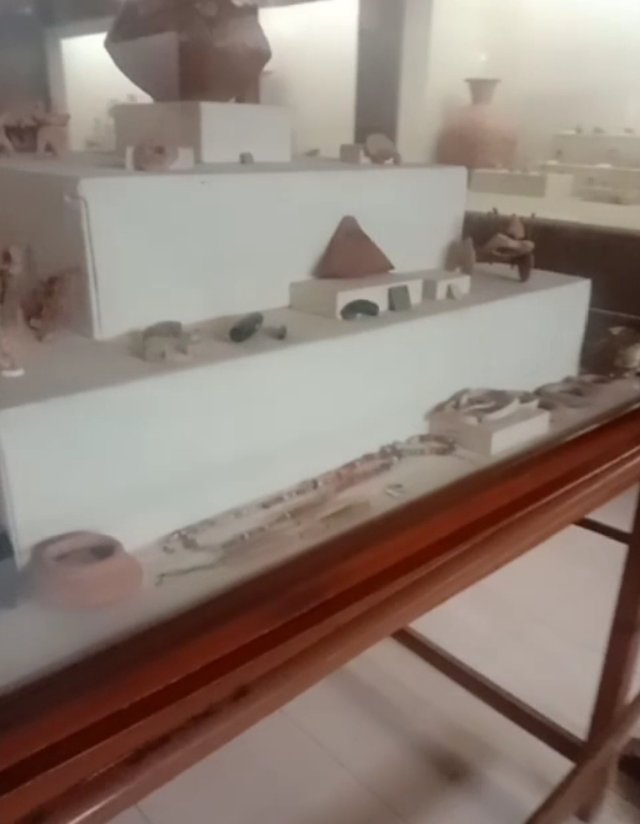 |
|---|
There were figurines of animals and humans, possibly used in religious or daily life rituals. One statue of a mother goddess stood out – showing how important fertility and motherhood were in their culture.
Bull and other animals, Symbolizing strength, agriculture, and trade.
Female figures, Possibly representing fertility goddesses.
Miniature carts and whistles, Indicating toys and functional objects
4. Seals and Script:
This was my favorite part. Tiny square seals with animals and inscriptions – a script still undeciphered to this day. It’s mysterious and exciting to think about what stories or records they might contain.
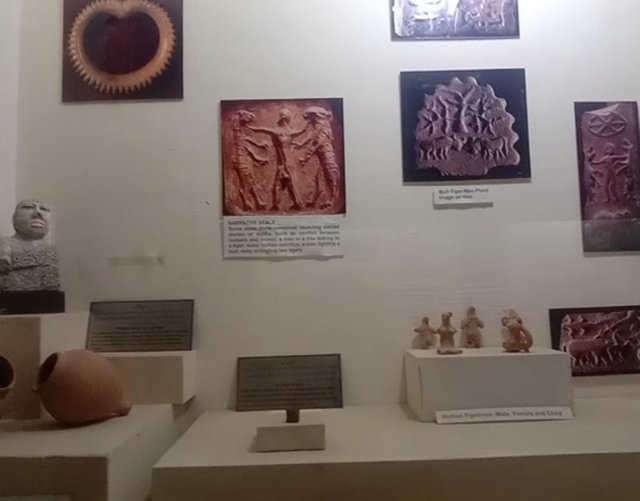 | 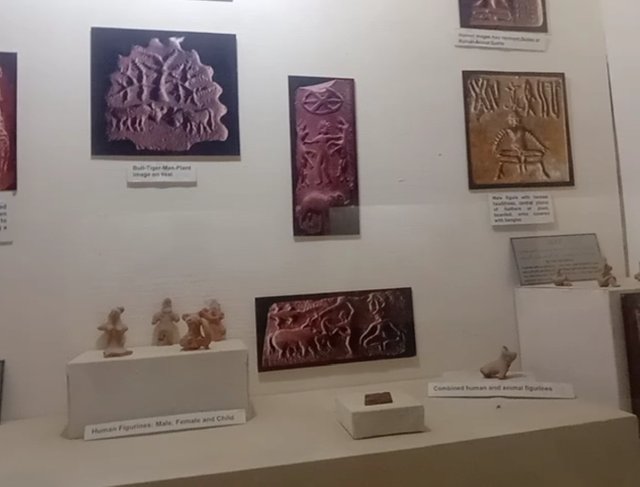 |
|---|
Narrative Seals: These seals depict scenes with human and animal figures, often used for trade, identity, or religious symbolism.
Bull-Tiger-Man-Plant Seal: A symbolic seal that may represent mythological beliefs or spiritual symbolism.
Combined Human and Animal Figurines: Reflecting mythical beliefs or religious practices.
Ancient Pottery: Found at the bottom left, these clay pots were commonly used in everyday life for storage and rituals.
5. Jewelry and Tools:
Step back in time at Harappa, a key city of the ancient Indus Valley Civilization (2600-1900 BCE) in Punjab, Pakistan
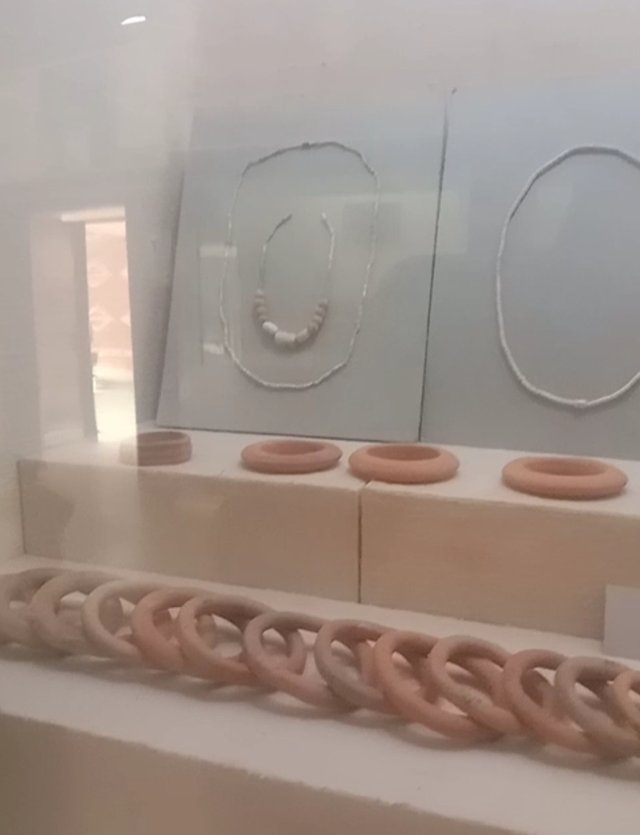 | 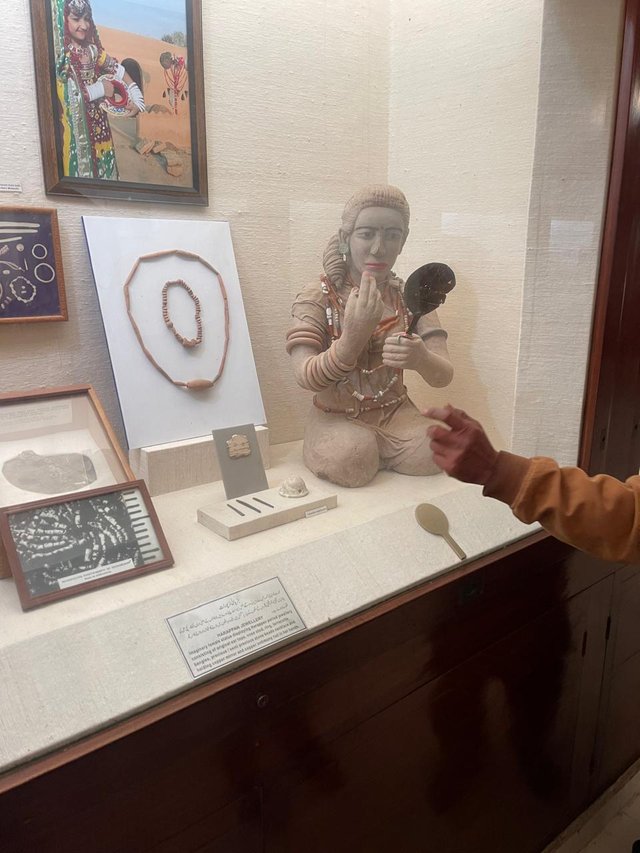 |
|---|
The display of Harappan jewelry is stunning imagine an ancient woman adorned with ear tops, nose studs, rings, terracotta bangles, and precious stone bead necklaces, holding a copper mirror and antimony rod.
There were beads, bangles, and tools made of bronze, copper, and even gold. The craftsmanship was shockingly advanced. It showed how skilled and artistic the people of Harappa were.
6. Maps and Models:
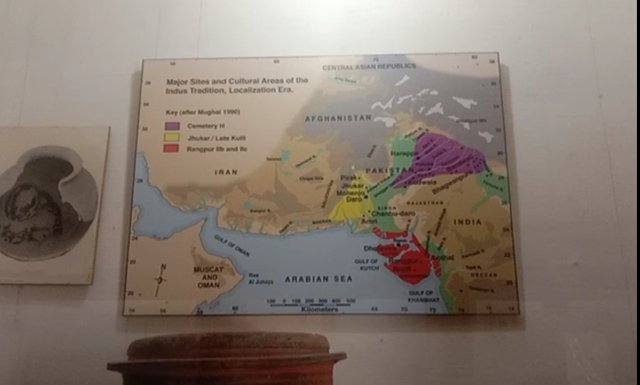 |
|---|
The museum also had maps and dioramas that displayed the town planning of Harappa. Straight streets, proper drainage systems – they were way ahead of their time!
7. Objects From AMRI(Advanced Material Research Institute:
This display at the
Harappa Archaeological Site museum shows ancient pottery from AMRI another Indus Valley Civilization site.
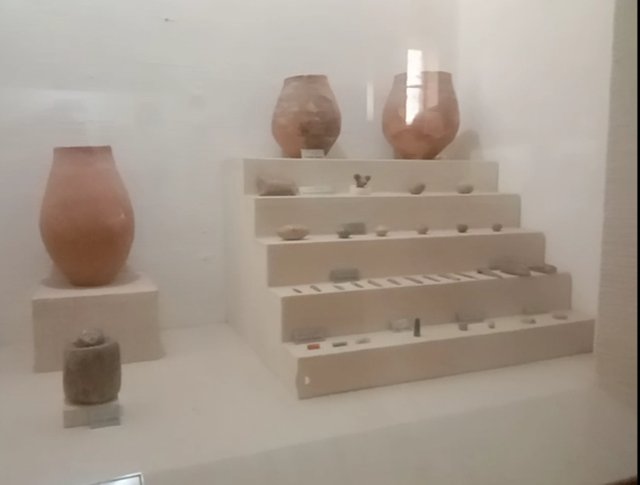 | 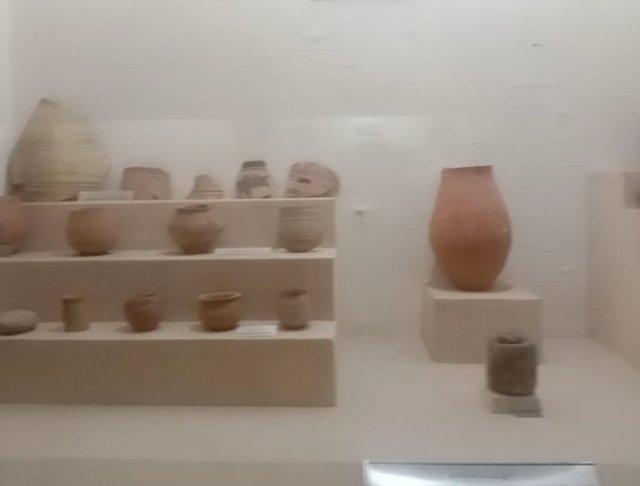 |
|---|
Terracotta pots from 2600 to 1900 BC. The BC distance is far apart and emphasizes the time-qualified craftsmanship used for storage and daily tasks.
8. Toy Carts:
The round, flat objects on the bottom shelf are terracotta cakes,"commonly found at Indus sites. Their exact purpose is debated, possibly used in rituals, as weights, or for heating.
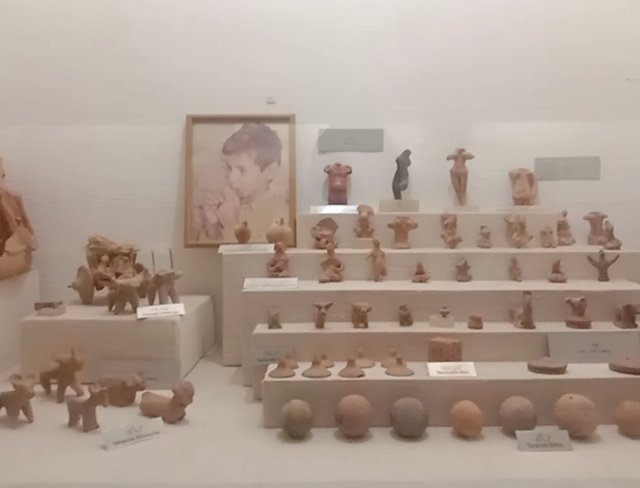 |
|---|
Toy Cart: On the left, a small terracotta cart with wheels represents ancient toys, showing the playful side of Harappan children.
A visit to Harappa was more than just a trip - it was a trip of the past. As I walked through the old streets and explored the museum and saw incredible artifacts, I realized how advanced and artistic our ancestors were thousands of years ago.
The abandoned, silence, preserved history whispered all the stories of civilizations once cast in intelligence, art and culture. I left the place with deep respect and curiosity for the people of the Indus Valley civilization.
| Site Name | Harappa Museum |
|---|---|
| Location | Chichawatni Harapa Road, Harappa |
| Timing | 8:30AM - 17:30PM (Daily) |
| Entry Fee for Local | 100 Rupees (2.4 Steem) |
| Entry Fee for Foreigners | 250 Rupees (6.1 steem) |
| Good Address | Google Map Address |
| Social Address | |
| Website | Harappa.com |
| Camera | Infinix Hot 50 Pro + |
I am really grateful to have witnessed this rich heritage and to share my experience with you all through The Steemit Challenge Season 24 and Thank you to the organizers for giving us this beautiful opportunity.
Now this is end of my post, I would like to invite @suboohi , @chant , @sualeha and @josepha and @faran-nabeel for participating in this challenge. Hope you really like my post.
Best Regards,
Abdul Sameer
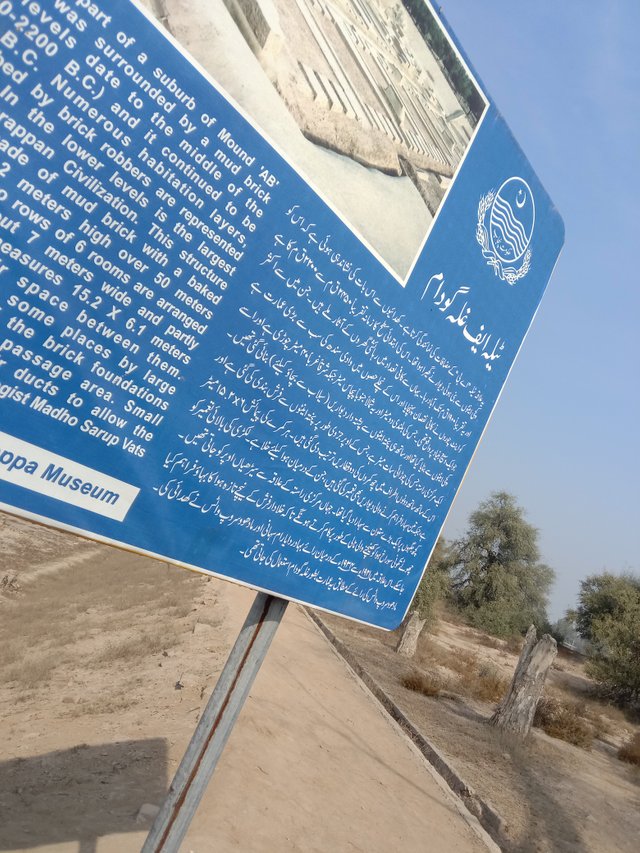
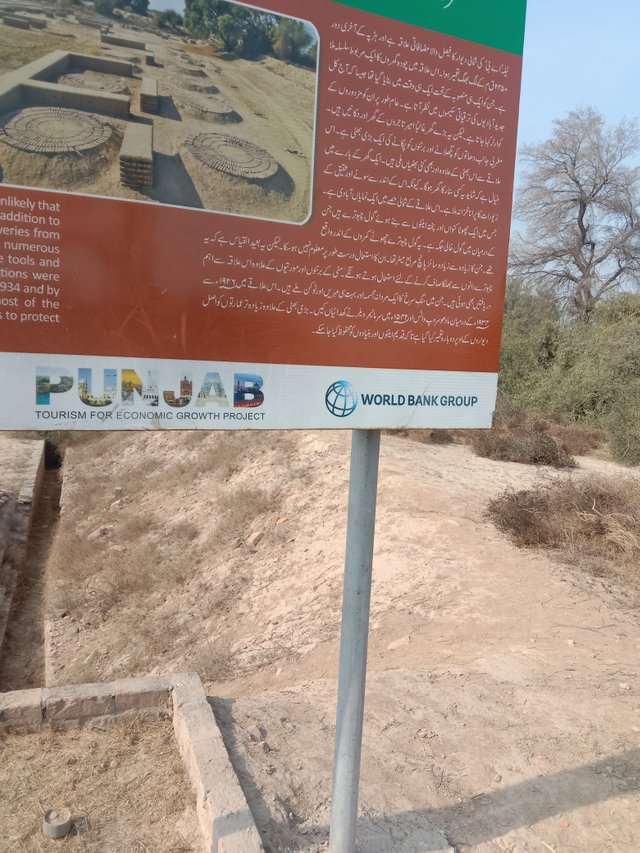
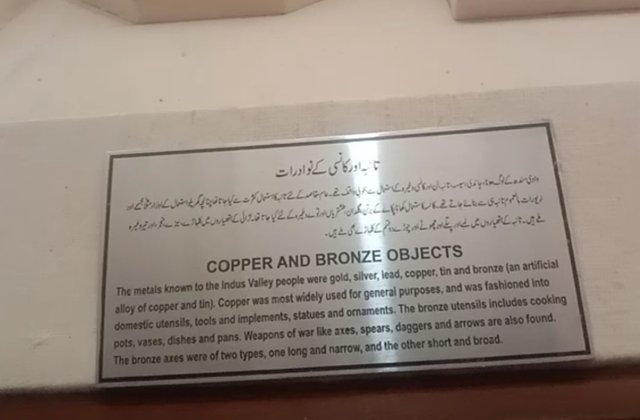
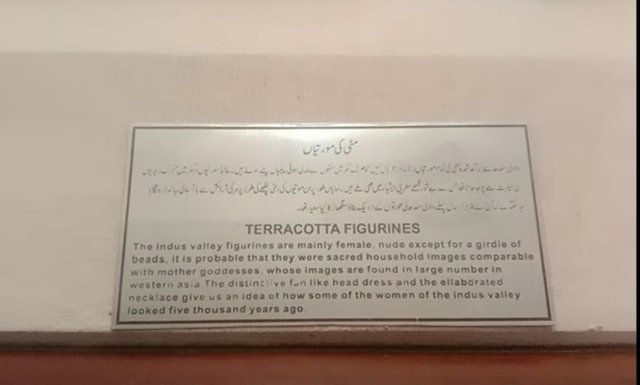
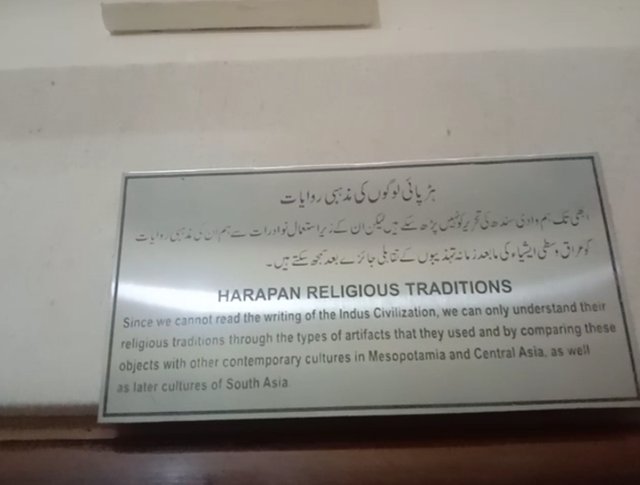
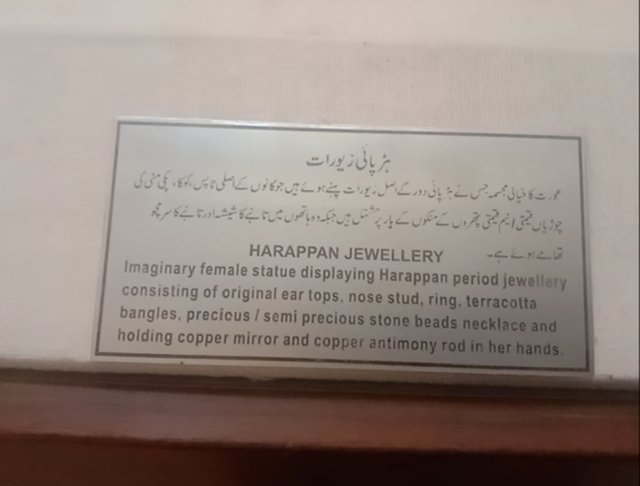
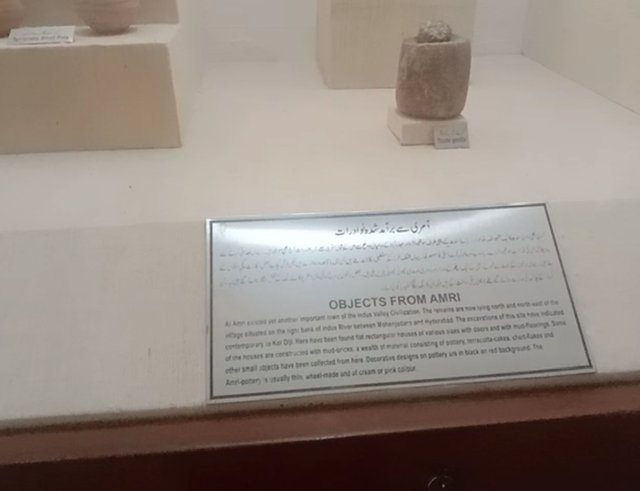
Hi, Greetings, Good to see you Here:)
Thank you so much for sharing your post at #steem4pakistan community. We are extremely happy to see your post. Your post information has been given below.